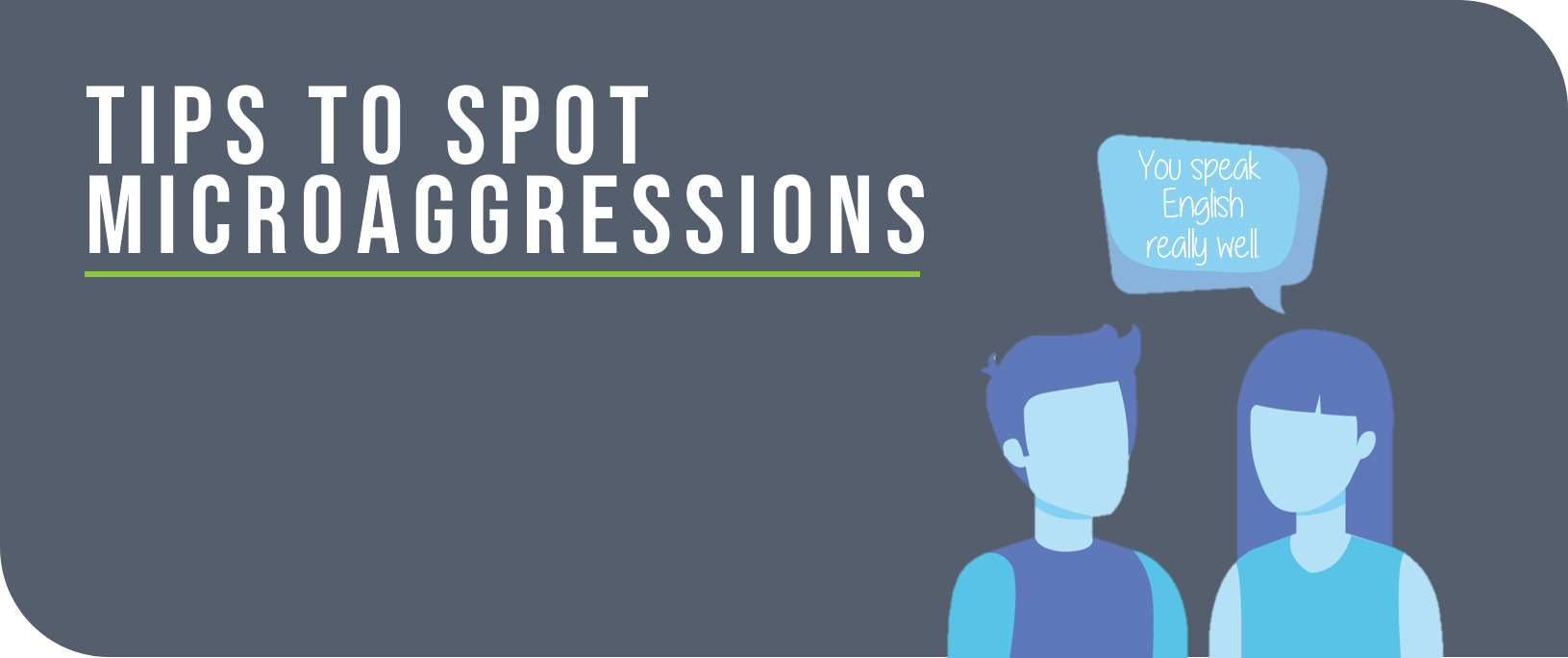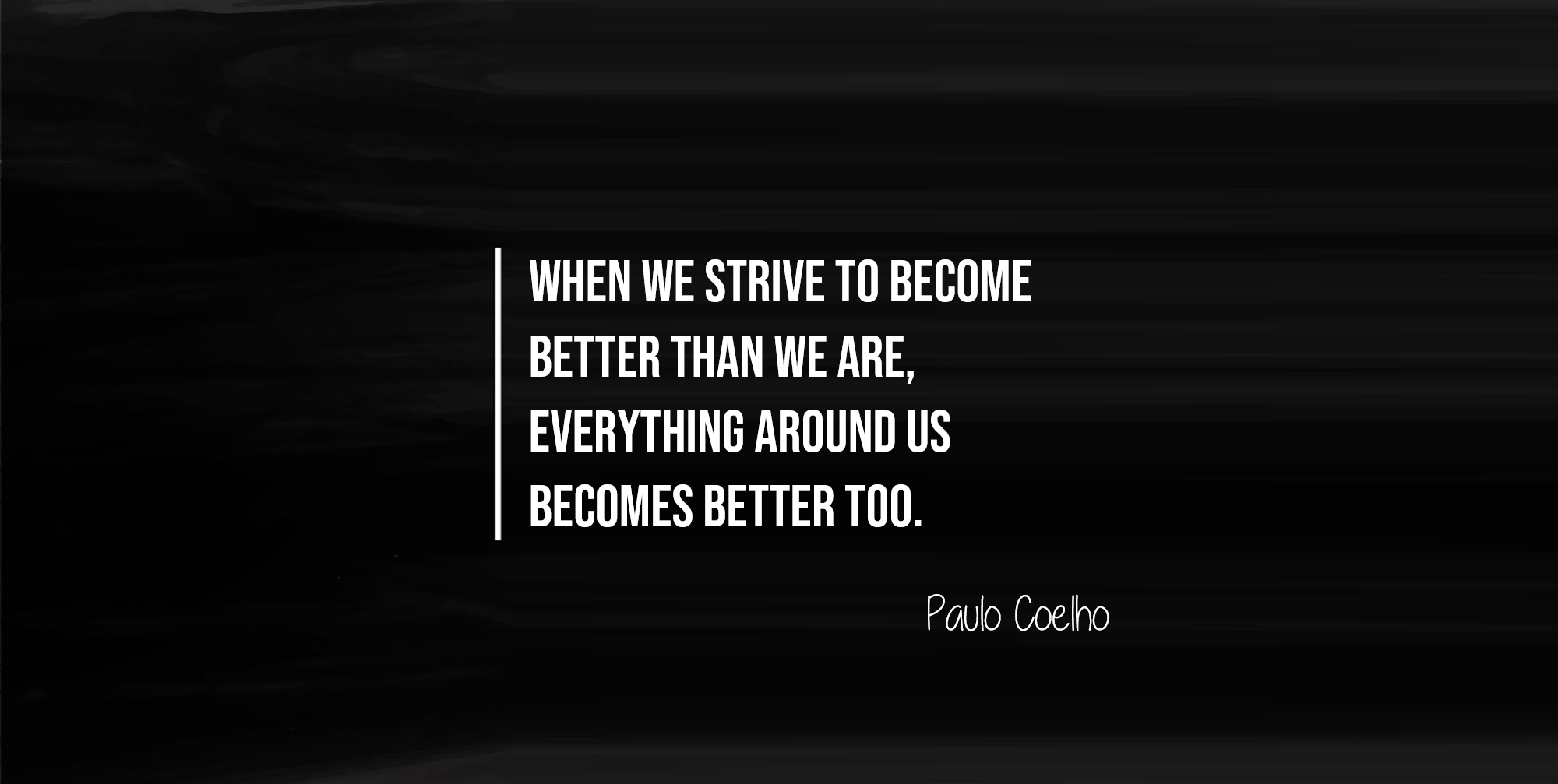By Meaghan Jansen, MSc, BSc, BA

Meaghan Jansen explains why microaggressions are like mosquito bites.
Recently on our blog, we discussed unconscious bias and the damage these beliefs and attitudes can do to the relationships, experiences, and culture within our organizations. One way that unconscious bias can manifest is in the form of microaggressions: subtle comments or actions that offend or discriminate against others. Most often, microaggressions are aimed at traditionally marginalized groups, but they can happen to anyone, of any background, and at any professional level.
Often, microaggressions are done unintentionally or even with good intentions without understanding the impact the words or actions have on the recipient. Verbal microaggressions may include comments that undermine an individual’s abilities or accomplishments, such as “you’re so articulate for someone from your background” or “you’re not like other (insert group) people.” Examples of nonverbal microaggressions include avoiding eye contact, excluding individuals from conversations or activities, or assuming that someone is in a particular role based on their gender, race, or ethnicity.
We may be quick to point out that we mean no harm by these comments or that society has become hypersensitive; however, research suggests that microaggressions can have a significant impact on employee well-being, leading to negative outcomes such as anxiety, depression, and decreased job satisfaction and performance. A recent study by the Harvard Business Review found that 7 in 10 workers said they would be upset by a microaggression and half of respondents would consider leaving their job if employers did not take action to address the situation.

While it may be challenging to recognize when our actions may be offensive to others, there are some familiar examples that we’ve likely witnessed. Download a list of the most common microaggressions here.
Recognizing and responding to microaggressions in the workplace
Recognizing and responding to microaggressions is essential for creating a positive and inclusive work environment. This involves educating employees on the impact of microaggressions and providing training on diversity, equity, and inclusion. It also requires setting clear expectations for behaviour and enforcing consequences for violating those standards. Additionally, promoting diversity and inclusion at all levels of the organization, such as in hiring and promotion practices, can help prevent microaggressions and create a more welcoming and equitable workplace.
Here are some practical steps that employers can take to address microaggressions:
Provide education and training on microaggressions: Training can help employees become more aware of the subtle ways that biases and microaggressions can manifest in the workplace. This increased awareness can help to prevent unintentional microaggressions and foster a more inclusive and respectful workplace culture.
Provide strategies for responding to microaggressions: There is no one right approach to dealing with microaggressions, but understanding some practical strategies to consider when you experience or witness microaggressions can be helpful. Leverage your wellness program to share resources and information and help employees develop more awareness on the issue.
Take reports of microaggressions seriously: When an employee reports a microaggression, it’s essential to address the issue promptly. Make a point to investigate the incident and take appropriate action to prevent future incidents. In one study, 47% of employees indicated that managers should speak with individuals who have committed a microaggression and 67% believe an apology should be required. In managing cases of microaggressions, focus on creating psychological safety without blame. The message should be: “It’s okay to make mistakes as long as you learn from them.” Encourage employees to speak up and build awareness.
Foster an open and inclusive culture: Promote diversity and inclusion in the workplace, including hiring a diverse workforce, forming employee resource groups, and celebrating cultural events. This can help to create an environment that is welcoming and respectful to all employees.
By taking these steps, employers can work towards creating a workplace culture that values diversity and promotes inclusivity. This can help to prevent and respond to microaggressions in a productive and supportive manner, ultimately leading to a more positive and productive workplace for all employees.

“When we strive to become better than we are, everything around us becomes better too.”
Paulo Coelho
KEY TAKEAWAYS
1. Microaggressions are acts or remarks that discriminate against others. They can be deliberate or done by mistake.
2. Microaggressions are like mosquito bites. The odd one is annoying but manageable. Several become painful and impactful.
3. Within the workplace, microaggressions can impact individuals in various areas: employee confidence and self-esteem, productivity, mistrust in the organization, and alienation from their peers.
4. What can we do to help? Be self-aware and aware of others, manage our own behaviours, and build cultural awareness.
Need some more assistance?
Get your FREE N0-Obligation Strategy Session with Meaghan by emailing us today (info@ewsnetwork.com). Employee Wellness Solutions Network can help you create a healthier culture resulting in a more profitable and successful workplace. Our memberships give you access to services including corporate wellness specialists, trainers and health coaches to help you create the best strategy for your organization. To learn more about the memberships, visit Employee Wellness Solutions Network.
